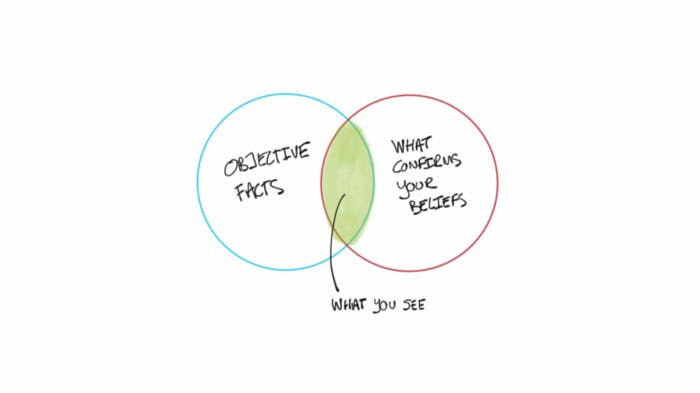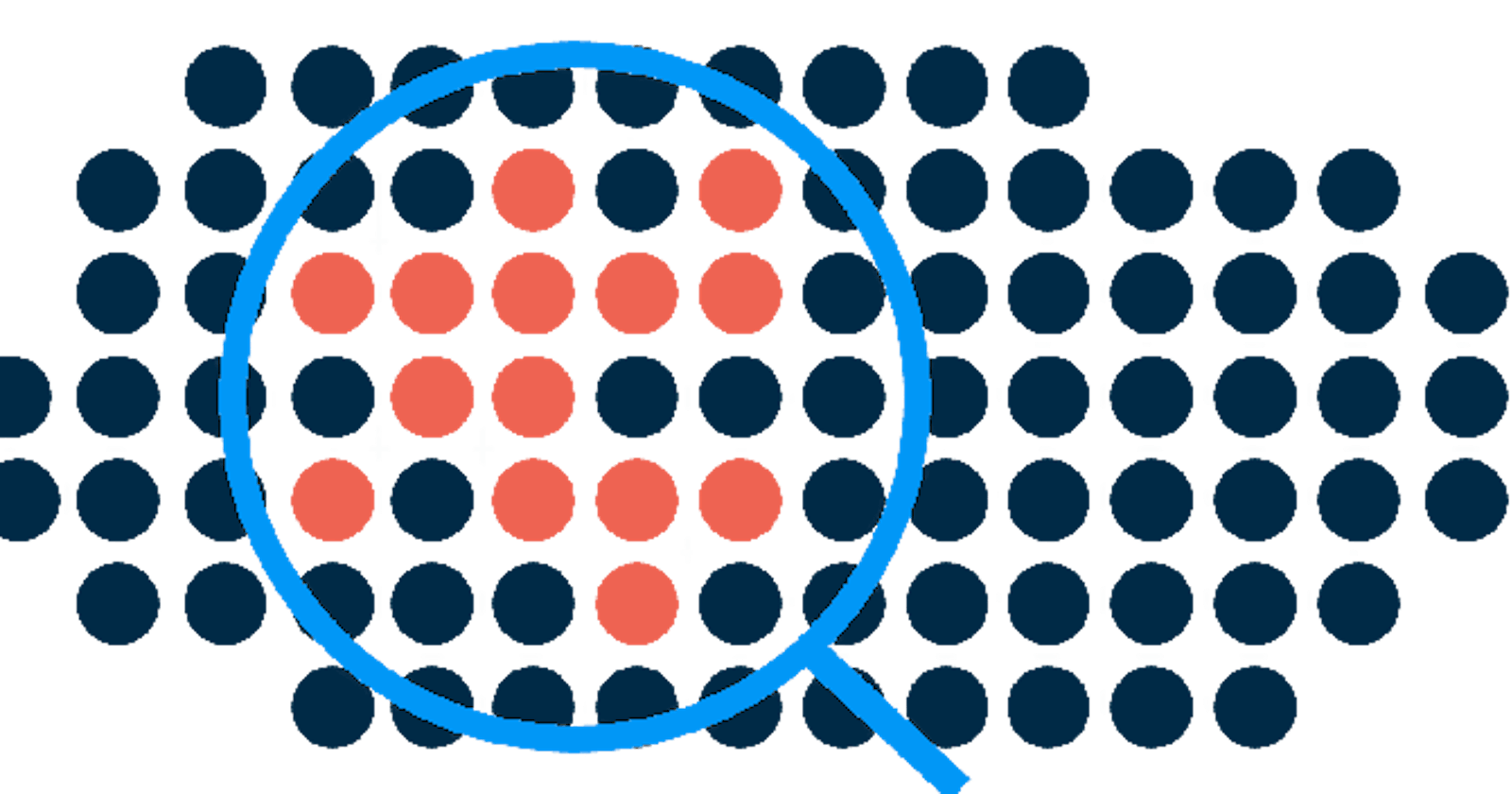The human brain is an incredible processing machine, and it can store an amazing amount of information. One way brains are able to store so much information is by creating mental shortcuts based on repeated patterns. These shortcuts allow humans to relate and group information together for quicker processing. But, these repeated patterns of thinking can lead to inaccurate or unreasonable conclusions that are biased — favoring or having prejudice against someone or something. Biases can seriously impact your user research and negatively influence the design of your final product. So, let’s explore how bias can affect your work as a UX designer and how to combat it during your research.
Preventing bias in data collection
It’s important to note that everyone has biases. It’s just a natural part of being human. Being able to recognize your own biases and prevent them from affecting your work is what really matters. As a UX designer, you’ll need to know how to anticipate, identify, and overcome biases in your research, in particular.

Choose your words carefully.
While conducting research, it’s important to use words that don’t lead the user in one direction or another. Of course, as a designer, you’re going to be partial to the designs you’ve created, and you’ll likely assume that users will appreciate them too. That’s why you designed them! But when asking users questions about their experience using your product, you don’t want them to answer in a particular way just to please you. Choosing leading words can cause the framing effect, where users make a decision or choice based on the way information was presented to them. This is especially critical in usability studies. For example, imagine a participant is testing your designs. You ask the participant: “Do you like or dislike the improved layout of these buttons?” Because you used the word “improved,” the user will most likely reply positively. But, this isn’t very useful feedback because you framed the question in a way that led the participant to respond accordingly. To improve your product, you need honest feedback. Instead, a better way to frame the same question is: “Explain how you feel about the layout of the buttons.” This phrasing allows the user to come to their own conclusions without any outside influence, which will give you better data about their thought process and experience.

Foster independent thinking.
Group interviews can be affected by the bandwagon effect, or going along with the group’s opinion instead of thinking creatively, which can discourage open discussion by people who have an opinion that doesn’t align with the majority of the group. For example, imagine you’re conducting research with a group of five participants. You ask each person in the group to share their thoughts one at a time about a particular product design choice, like the placement of a button on the home page. By the time the last person shares their thoughts, their feedback will be affected by all of the answers that were shared before them. To combat the bandwagon effect, ask participants to write down or record their thoughts before discussing as a group.

### Plan your research effectively. Tight deadlines are inevitable. But as a UX designer, it’s essential you get enough time to recruit the right users for your research. Availability bias occurs when you rush the user recruitment process or skip screener questions to attract a bigger pool of users, even if they don’t fit the qualifications or characteristics that you’ve already determined are present in your ideal user. The research that you collect is vital to your product design process. So interviewing users that don’t fall under your personas won’t give you the data you need to improve your designs. If you’re having trouble recruiting the right users before your deadline, offer a better incentive for participating in your study, adjust your recruitment strategy, or ask your project manager for more time. Don’t just take any user who’s available.

Remain open minded.
One more tip: When you’re conducting research, you have to work hard to treat all information equally to avoid both primacy bias, which is remembering the first user more than others, and recency bias, which is most easily remembering the last thing you heard. To help combat these biases in your own research, it’s helpful to space out the scheduling of interviews, ask your colleagues to join you during interviews to provide additional opinions, and take careful notes.

Combating bias as a UX designer Although having biases is normal, it’s essential to try to eliminate bias from your research process to get the most accurate understanding of your users’ needs. Knowing the types of biases that exist and how you can avoid them will help you recognize when it’s happening, so you’re already off to a great start! If you’d like to learn more about biases in UX research, check out this article on 10 cognitive biases from the UX Collective at Medium.

